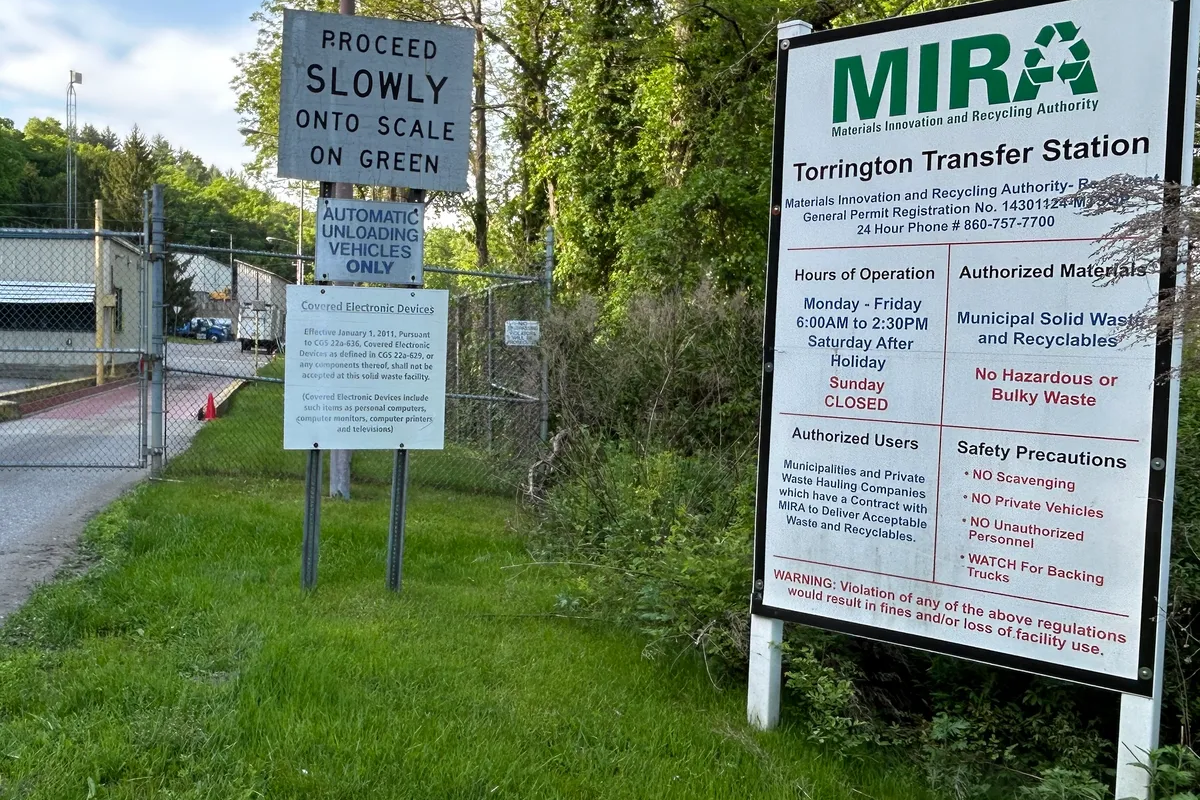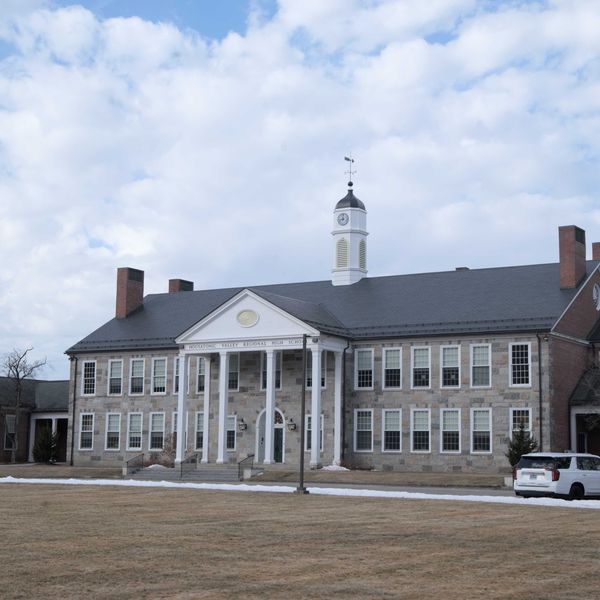Region-wide policy calls cellphones ‘a privilege, not a right’
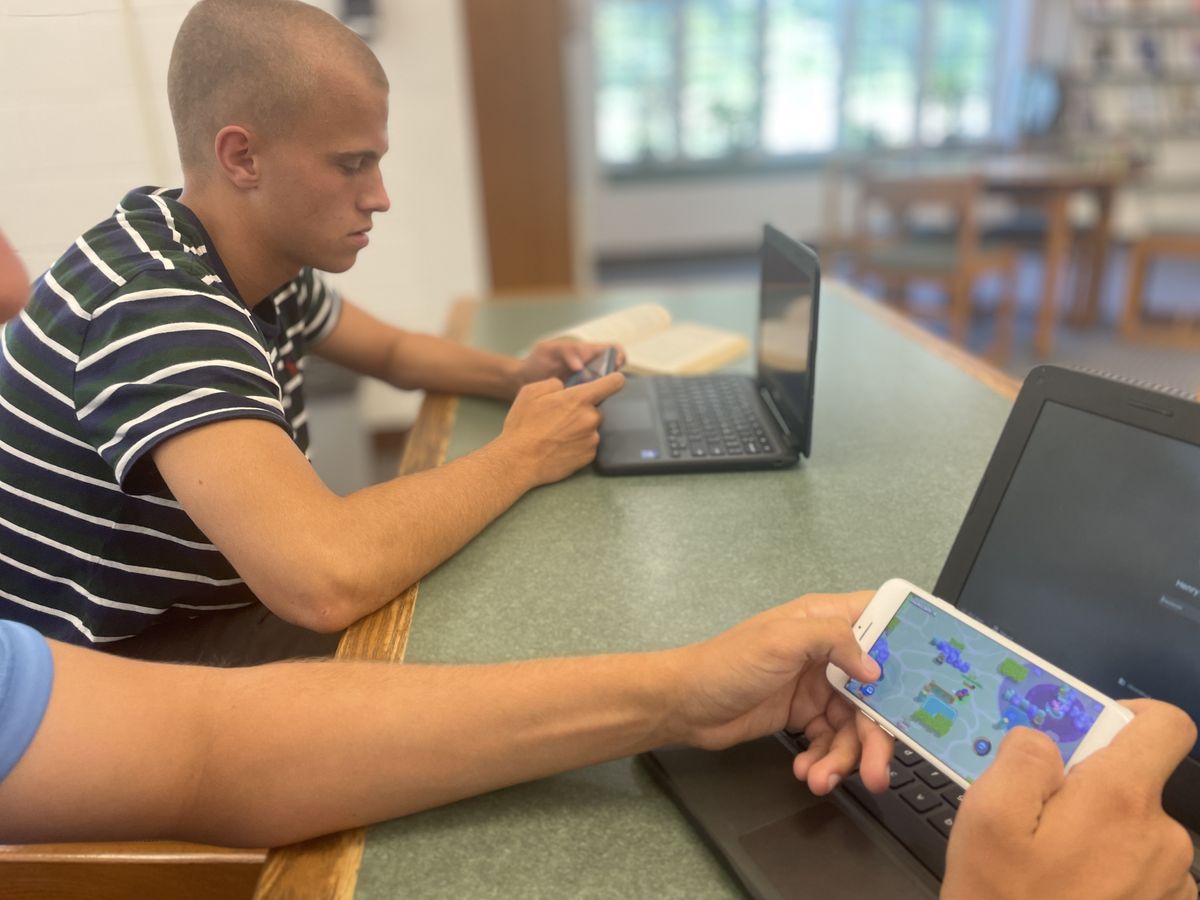
Following a unanimous Board of Education vote Jan. 6, Region One students in grades K-8 must store their cellphones in a designated area for the duration of the instructional school day. For high schoolers, cellphone use is authorized at select times of day.
Photo by Simon Markow


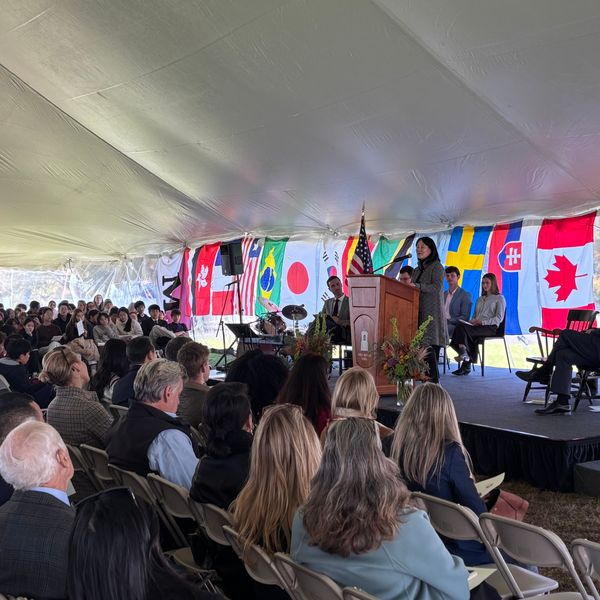
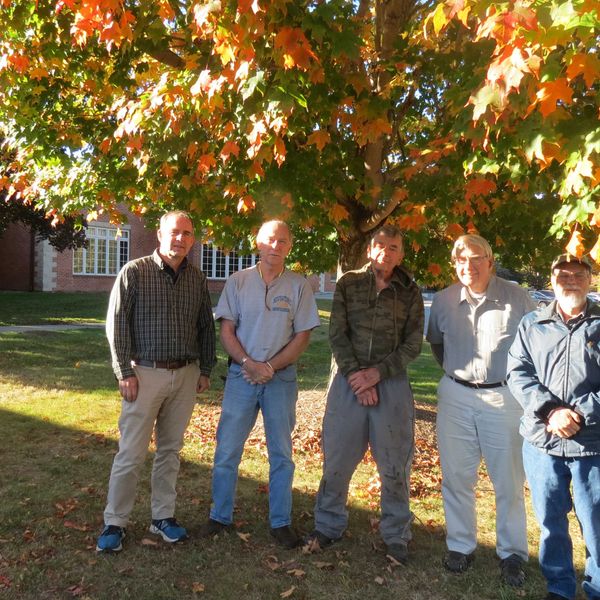



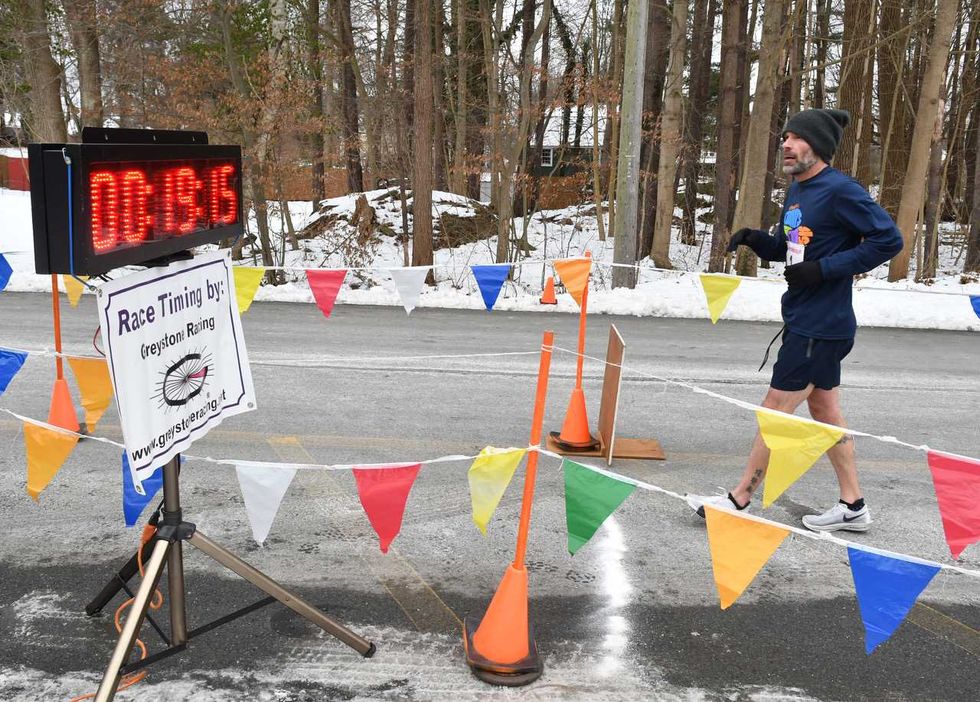 Michael Mills of Goshen crosses the finish line to win the 5th Annual North Canaan Santa Chase 5K on Saturday, Dec. 13, ByJohn Coston
Michael Mills of Goshen crosses the finish line to win the 5th Annual North Canaan Santa Chase 5K on Saturday, Dec. 13, ByJohn Coston  Santa crosses the finish line at the 5th Annual North Canaan Santa Chase 5K By John Coston
Santa crosses the finish line at the 5th Annual North Canaan Santa Chase 5K By John Coston 